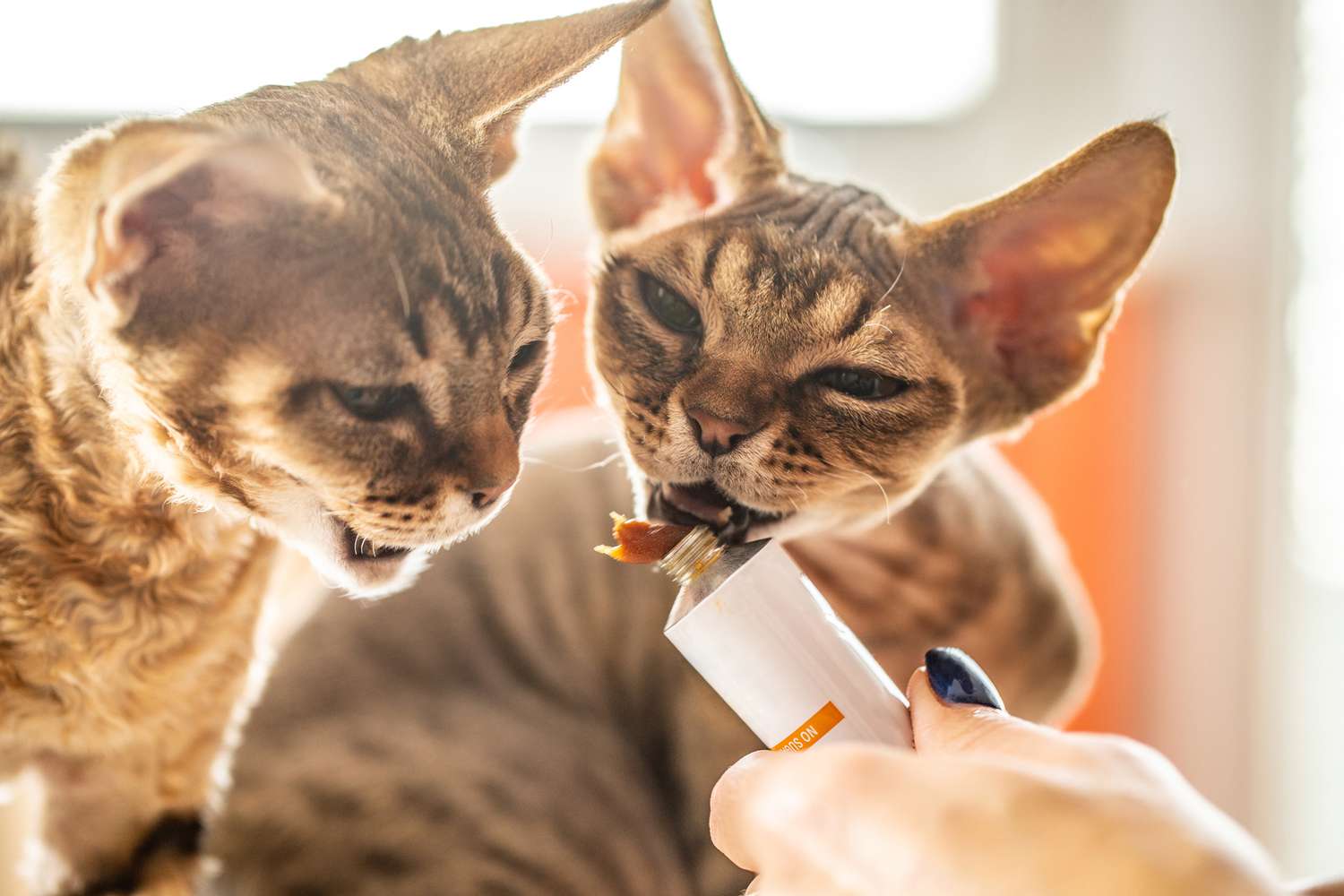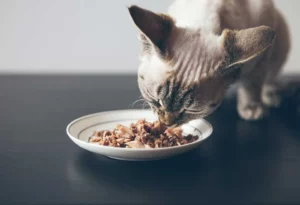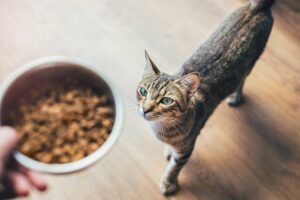Introduction
In recent times, cat owners have embraced the delightful trend of crafting homemade treats for their feline companions. The act of spoiling your cat goes beyond mere indulgence; it involves providing them with tasty morsels that not only cater to their taste buds but also contribute to their overall well-being.
The Growing Trend of DIY Cat Treats
DIY cat treats have become a popular choice among pet owners who seek a more personalized approach to their cat’s diet. The satisfaction of creating something special for your furry friend adds an extra layer of joy to the pet ownership experience.
Benefits of Homemade Treats for Cats
Homemade cat treats offer numerous advantages, from controlling ingredients to providing a unique bonding experience. As we delve into the world of DIY cat treats, let’s explore the benefits that come with treating your cat to these homemade delights.
Understanding Your Cat’s Dietary Needs
Before embarking on the journey of creating DIY cat treats, it’s crucial to understand your cat’s unique dietary requirements.
Knowing Your Cat’s Preferences
Different Tastes for Different Cats
Cats, like humans, have individual preferences when it comes to flavors. Some might be finicky about certain ingredients, while others might have a penchant for a particular taste. Observing your cat’s reactions to different flavors helps tailor your homemade treats to their liking.
Identifying Allergies and Sensitivities
Pay attention to any allergic reactions or sensitivities your cat may exhibit after consuming certain foods. Common allergens include dairy, grains, and certain proteins. Adjusting your recipes based on your cat’s dietary needs ensures a safe and enjoyable treat experience.
Nutritional Requirements for Cats
Essential Nutrients
Crafting a well-balanced treat requires an understanding of your cat’s nutritional needs. Ensure that your treats include essential nutrients such as protein, vitamins, and minerals to contribute positively to their overall health.
Avoiding Harmful Ingredients
Steer clear of ingredients that may be harmful to cats, such as onions, garlic, and excessive amounts of salt. Consulting with your veterinarian can provide valuable insights into ingredients to avoid based on your cat’s health.
Quick and Easy DIY Cat Treat Recipes
Now, let’s dive into some simple yet nutritious recipes that will have your cat purring with delight.
Tuna and Catnip Delight
Ingredients and Preparation
To create this irresistible treat, you’ll need canned tuna, catnip, and a touch of creativity. Simply mix the ingredients, shape them into small bite-sized portions, and voila – a treat that combines the goodness of tuna with the allure of catnip.
Health Benefits
Tuna is rich in omega-3 fatty acids, promoting a healthy coat and supporting cardiovascular health. Catnip, on the other hand, adds a playful element to the treat, keeping your cat engaged and entertained.
Chicken and Pumpkin Popsicles
Step-by-Step Instructions
Blend cooked chicken with pureed pumpkin, pour the mixture into ice cube trays, and freeze. These popsicles provide a refreshing and nutritious treat, with pumpkin offering digestive benefits and chicken providing essential protein.
Why Pumpkin is a Superfood for Cats
Pumpkin is a superfood known for its digestive benefits, making it an excellent addition to your cat’s diet. The popsicles not only serve as a tasty treat but also contribute to a healthy digestive system.
Salmon Crunchies
Crafting the Perfect Crunch
Combine salmon with a bit of flour and bake to perfection for these crunchy delights. The texture of these treats not only satisfies your cat’s craving for crunch but also promotes dental health.
Omega-3 Richness for Feline Health
Salmon is packed with omega-3 fatty acids, supporting joint health and a shiny coat. These homemade crunchies are a delicious way to incorporate this essential nutrient into your cat’s diet.
Ensuring Safety in Homemade Cat Treats
As a responsible cat owner, it’s crucial to prioritize safety when preparing homemade treats.
Hygiene Practices in Cat Treat Preparation
Cleanliness is Key
Maintain a clean cooking environment, washing hands thoroughly before and after handling ingredients. Ensure all utensils and surfaces are sanitized to prevent contamination.
Proper Storage Tips
Store homemade treats in airtight containers in the refrigerator or freezer, depending on the recipe. This preserves freshness and prevents spoilage.
Consulting with a Veterinarian
Tailoring Treats to Individual Health Needs
Before introducing homemade treats into your cat’s diet, consult with your veterinarian. They can provide guidance on tailoring treats to meet your cat’s specific health requirements.
Addressing Concerns About Homemade Diets
If you have concerns about the adequacy of your cat’s diet, discuss them with your veterinarian. They can recommend supplements or adjustments to ensure your cat receives a well-rounded nutritional intake.



